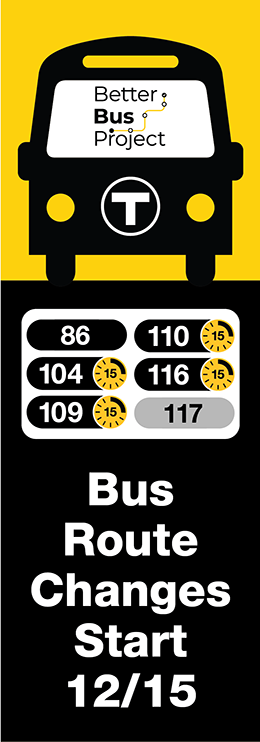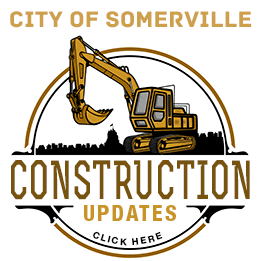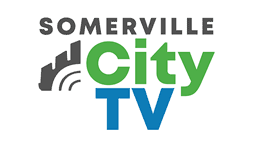 By William C. Shelton
By William C. Shelton
(The opinions and views expressed in the commentaries of The Somerville News belong solely to the authors of those commentaries and do not reflect the views or opinions of The Somerville News, its staff or publishers.)
Some illusions shine so brightly that we will sacrifice our wellbeing to let them burn. Visions of prestige and economic benefit accruing to Somerville with construction of a major league soccer stadium at Assembly Square could be such an illusion.
The Kraft group is talking with Somerville and Revere officials about locating a 20,000-seat stadium for its New England Revolution team in those cities. Fall River’s mayor wrote to Robert Kraft last week, pitching his city as well.
There is no doubt as to which would be the best location. Assembly Square is in the urban core, bestrides $7 billion worth of transportation infrastructure, and is close to immigrant populations that love soccer. Its Orange Line station will directly connect to every other line and to key bus routes, unlike Revere’s Blue Line station.
But major-league sports franchises extract major-league economic concessions from the jurisdictions in which they locate. These involve subsidies for land acquisition and stadium construction, and/or tax abatements. The jurisdictions pay for these subsidies by issuing municipal bonds and taking on debt.
Such a deal might be good for Revere or Fall River. But for Somerville, it would be fiscal folly, and in one scenario, fiscal disaster.
There are two possible Assembly Square sites that a soccer stadium could locate on and around: the 12 acres that were slated for IKEA construction and the 9 acres at 5 Middlesex Avenue that host the shuttered AMC theater, a fully-tenanted 200,000-square-foot office building, and their parking lots. I say “on and around” because a major league stadium would require more land than either site by itself.

A soccer stadium would absorb more room than just the IKEA site.
The IKEA site is the size of six city blocks. Somerville’s zoning ordinance would allow developers to build 5 million square feet of office or mixed-use buildings there. Using the rule of thumb of 4 permanent jobs for every 1,000 square feet of office space, this would translate into 20,000 new jobs.
At current construction costs of $300 per square foot, such a development would produce city property tax revenues of $33 million per year. The city currently collects only $100 million from all the taxable land in Somerville. A $120-mlllion stadium would generate property taxes of $2.6 million per year, before accounting for any subsidies. And it would cost the city more in public safety expenses than would office or R&D space.
Buildings that were constructed on those portions of the Middlesex Avenue site that are beyond 1,000 feet of the Orange Line station could rise to only 125 feet, as opposed to the 250 feet allowed throughout the IKEA site. But the maximum density permitted there would still produce tax revenues and jobs many times greater than a stadium would.
The city would need to amend its zoning code to accommodate a stadium, since it is not now a permitted use. And if the current landowners understand the true market value of their property, they will not sell for a price that makes stadium development economically feasible. So the city would have to take either property by eminent domain and sell it to the Kraft group.
The landowners could probably not legally prevent this. But they could go to court and demand to be paid their property’s true market value. The land portion of total development costs for a $300-per-square-foot building is about $50 per square foot. Assuming the maximum possible development of the IKEA site, this would put its land value at $250 million.
Imagine that a court found the land value to be only half that. It would still be more than the value of a fully constructed stadium. To settle the judgment, the city would have to borrow the money, degrade its credit rating, and over multiple generations, pay amounts far greater than whatever taxes it would derive from the stadium.
This is a worst-case scenario, but it is well within the realm of possibility. What is almost a certainty is the negative impact that a stadium would have on the potential value of surrounding property. Examples of major league stadiums that work well within an urban fabric are rare. And those located next to taxable Class A office or R&D space are exceedingly rare.
The Comprehensive Plan that city officials presented earlier this year is a remarkable product of hard work, broad cooperation, and wisdom. Building a major league stadium at Assembly Square would make a mockery of the plan’s process and principles.
Last year I wrote a column asking whether the city’s issuing of District Improvement Financing bonds to support private development in Assembly Square would be a risk or a gamble. There is no doubt that going on the fiscal hook to bring a soccer stadium here would be a gamble. The uncertainty is how much we would lose.















Reader Comments